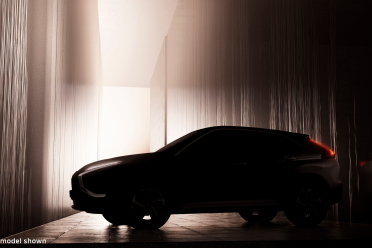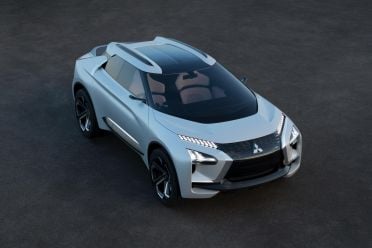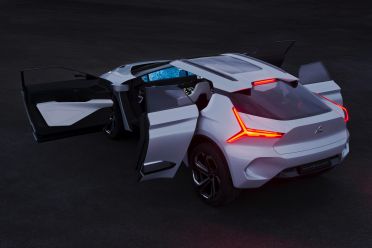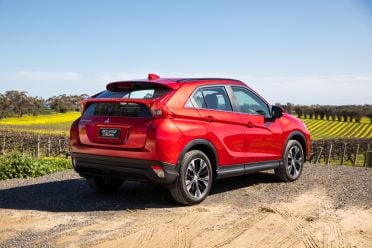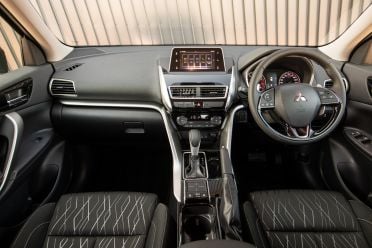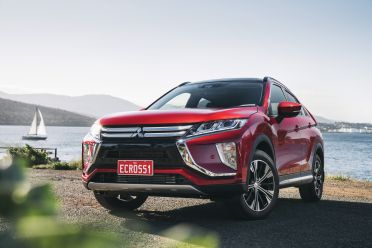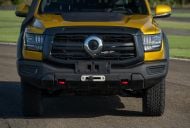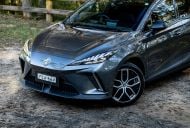Mitsubishi’s tweener SUV is getting what appears to be a significant facelift, and Australia will be the first market to receive it.
The updated Eclipse Cross will arrive in Australian showrooms next month, though its new plug-in hybrid variant is still set for a 2021 launch.
The facelift, which Mitsubishi teased last month, is inspired by the 2017 e-Evolution concept.
That means a more dramatic version of Mitsubishi’s Dynamic Shield grille and expansive, Y-shaped tail lights.
The facelift also addresses a common criticism of the current model: the somewhat awkward, bisected rear window that either reminds you of the Honda CR-Z (good!) or Pontiac Aztek (uh-oh).
Mitsubishi has only called out the “radically changed front and rear design”, which suggests the prominent side creasing will remain unchanged. There’s no word on what interior updates we should expect.
The Eclipse Cross will join the Outlander next year in offering a PHEV drivetrain, though we don’t yet know whether it’ll use the same system as the current Outlander PHEV or the next-gen system.
The current Outlander PHEV pairs a 2.4-litre petrol engine with front and rear electric motors and a 13.8kWh battery.
While the upcoming, redesigned Outlander is expected to move to a new platform shared with the Nissan X-Trail, the Eclipse Cross will continue to use an updated version of the 2007-vintage GS platform that underpins the current Outlander and ASX.
Though it’s fresher inside and out than the similarly-sized ASX, its higher entry price ($29,990 before on-roads v $23,990) means it’s a slower seller. Year-to-date, Mitsubishi has sold 8776 ASXs but only 2780 Eclipse Crosses.
That puts the Eclipse Cross not only behind the ASX, but behind the Honda HR-V, Hyundai Kona, Mazda CX-30, Subaru XV, Suzuki Vitara and Toyota C-HR.





